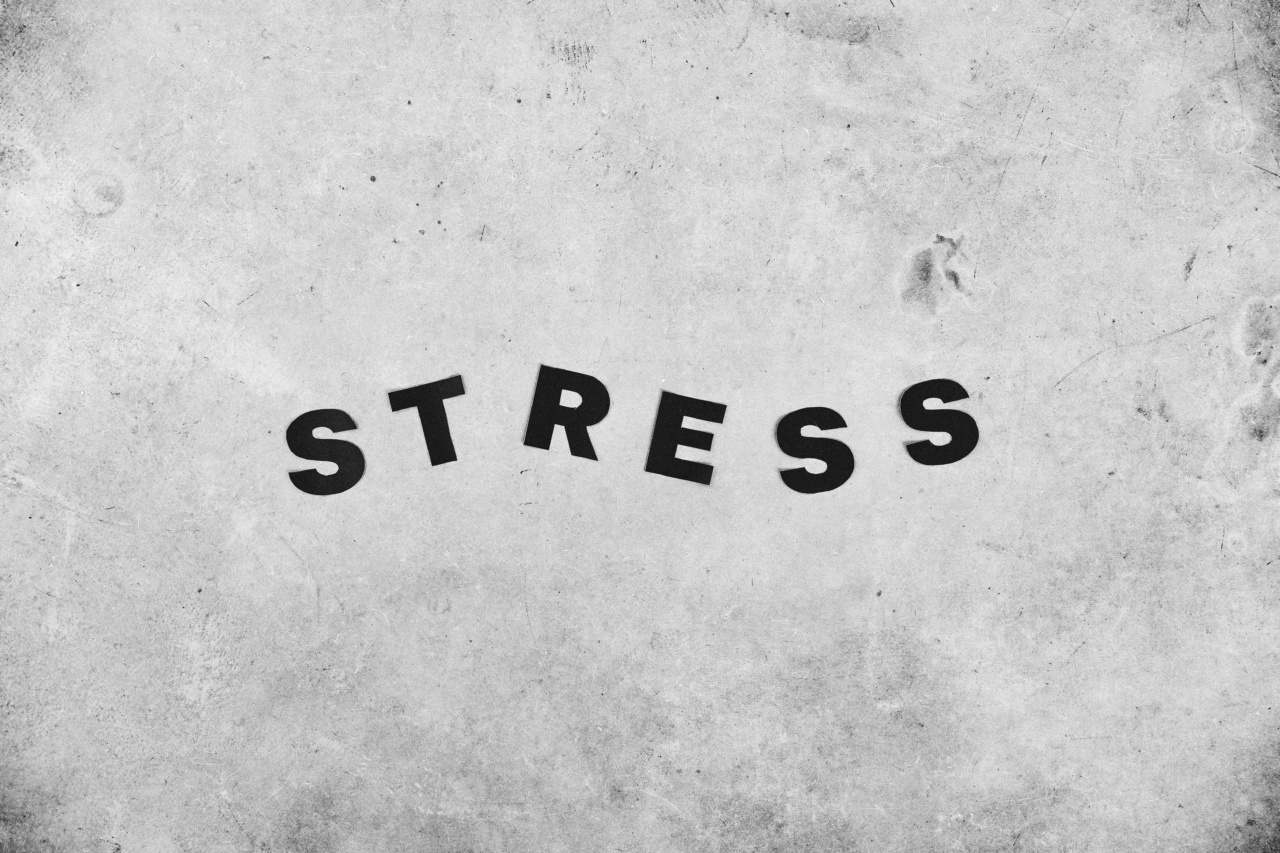High blood pressure, also known as hypertension, is a common condition that affects millions of people worldwide. It is often referred to as the “silent killer” because it rarely presents any noticeable symptoms.
If left uncontrolled, high blood pressure can lead to serious health complications, including heart disease, stroke, and kidney failure. Fortunately, there are simple strategies that can help lower blood pressure naturally. In this article, we will explore two effective methods to manage and reduce blood pressure levels.
1. Maintain a Healthy Diet
Your diet plays a significant role in maintaining a healthy blood pressure. Making certain dietary changes can have a positive impact on your heart health and help to lower your blood pressure. Here are some essential tips to consider:.
a) Reduce Sodium Intake
High sodium consumption is a major contributor to high blood pressure. It is essential to limit your intake of sodium-rich foods, such as processed and packaged snacks, canned soups, deli meats, and fast food.
Replace these with fresh fruits, vegetables, whole grains, and lean proteins.
b) Increase Potassium Intake
Potassium is a mineral that helps to balance the levels of sodium in your body and regulate blood pressure. Foods rich in potassium include bananas, oranges, avocados, spinach, tomatoes, and sweet potatoes.
Including these in your diet can help lower blood pressure naturally.
c) Adopt the DASH Diet
The Dietary Approaches to Stop Hypertension, or DASH diet, is specifically designed to reduce blood pressure. It emphasizes whole grains, fruits, vegetables, lean proteins, and low-fat dairy products.
Following the DASH diet can be an effective way to manage and lower blood pressure levels.
2. Engage in Regular Physical Activity
Incorporating regular exercise into your daily routine is another powerful strategy for reducing blood pressure. Physical activity strengthens your heart, improves blood circulation, and helps you maintain a healthy weight.
Here are some guidelines to follow:.
a) Aerobic Exercises
Aerobic exercises, such as brisk walking, jogging, cycling, swimming, or dancing, are excellent for lowering blood pressure. Aim for at least 150 minutes of moderate-intensity aerobic activity or 75 minutes of vigorous-intensity activity per week.
b) Strength Training
In addition to aerobic exercises, incorporate strength training two to three times a week. Lifting weights or using resistance bands can help lower blood pressure by strengthening your muscles and improving overall cardiovascular health.
c) Relaxation Techniques
Incorporate relaxation techniques like yoga, meditation, or deep breathing exercises into your routine. These can help reduce stress levels, which is often associated with high blood pressure.
Stress management is an essential aspect of maintaining a healthy blood pressure.
Conclusion
High blood pressure is a serious health concern that requires attention and management. By adopting a healthy diet and engaging in regular physical activity, you can effectively lower and control your blood pressure levels.
Remember to reduce your sodium intake, increase potassium-rich foods, and follow the DASH diet guidelines. Additionally, make time for aerobic and strength training exercises while incorporating relaxation techniques to manage stress.
By incorporating these simple strategies into your lifestyle, you can take control of your blood pressure and improve your overall health.































